Women's inclusion in digital technologies in Burundi
In light of the International Women's Day celebration on March 8, AUXFIN Burundi explains their approach to assure women are included in the use of their digital technologies for development.
The digital revolution brings immense potential to improve social and economic outcomes for women. However, there is a gender digital divide: women are disadvantaged when it comes to digital adoption, have lower levels of digital technology use than men and often are not benefiting from digital technology in the same way as men. In Least Developed Countries only 30% of women are online compared to 43% of men, and this gender gap is only increasing.* Barriers that women often face are the lack of access to devices, reduced affordability for internet use, and a lack of literary or numeric skills.
AUXFIN G50 approach ensures the participation of women in ICT. The G50 approach overcomes the various barriers that prevent women and girls from accessing the digital technology and participating.
As a result, 3/4 of G50 groups report that women participate more actively than men. Women testimony that they are empowered by the G50 approach, because they have direct access to information and services that allow them to advance in life.
Here how AUXFIN’s G50 approach bridges the digital gender gap in Burundi:
- Access to devices:
To connect the unconnected population, which are often women, AUXFIN organizes G50 groups consisting of max. 50 people around a tablet. The G50 groups are a gender inclusive environment with 43% of our G50 group members being female. Women have direct access to technology, they can use the tablet and have access to services and training content. To overcome connectivity barriers, applications are adopted to work in an environment with limited and unreliable internet connection and function largely offline with minimal data transfer.
- Affordability:
To assure all members of a community have access to digital technologies, the costs must be kept low. Costs are one of the barriers keeping women offline. In the G50 technology is kept affordable for everybody through efficient organization of the platform and costs-sharing by the group. This affordability is sustained by offering solutions that allow people to increase their income with good practices for finance and agriculture.
- Female leadership:
To assure women feel included it is important to represent them in leadership roles. The G50 group leaders consist of 42% women. Our field staff (Activators) consist of 24% women, which is lower than what we want and a point to improve upon. Our activators have to travel intensively to visit groups daily, and in Burundi cultural norms make it less accessible for women to use motorbikes and bikes, though some female Activators have felt empowered in their new role to start using these.
- Barriers to literacy and numeracy skills:
To overcome any educational or skill barriers that women may have to use technology, the use is done as a group. The members help each other, where the group leader and other members with literacy and numeracy skills facilitate the use of the tablet and information for the rest. The groups are also supported by a field agent on the know-how of technology use. Moreover, all training content is provided in video format, so no specific skills needed to receive information. AUXFIN has 600 of these short training movies in the local language.
- Female representation in content:
When it comes to the content of technology, such as videos, images and texts, women should be equally represented to make them feel as being addressed. When women can identify with what is presented to them it supports a feeling it is possible to address these issues just like the women they see represented in the movies. AUXFIN assures an equal female representation in content such as: female presenters in movies, female avatars, female voices in voice-overs, examples based on female perspective and female representation in leadership roles in the app content.
*Alliance for Affordable Internet: The Costs of Exclusion: Economic Consequences of the Digital Gender Gap.; UN ITU Measuring digital development: Facts and Figures: Focus on Least Developed Countries
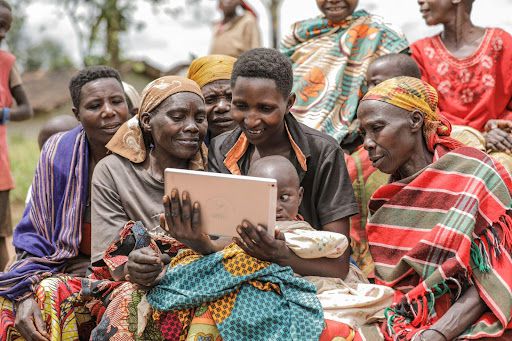

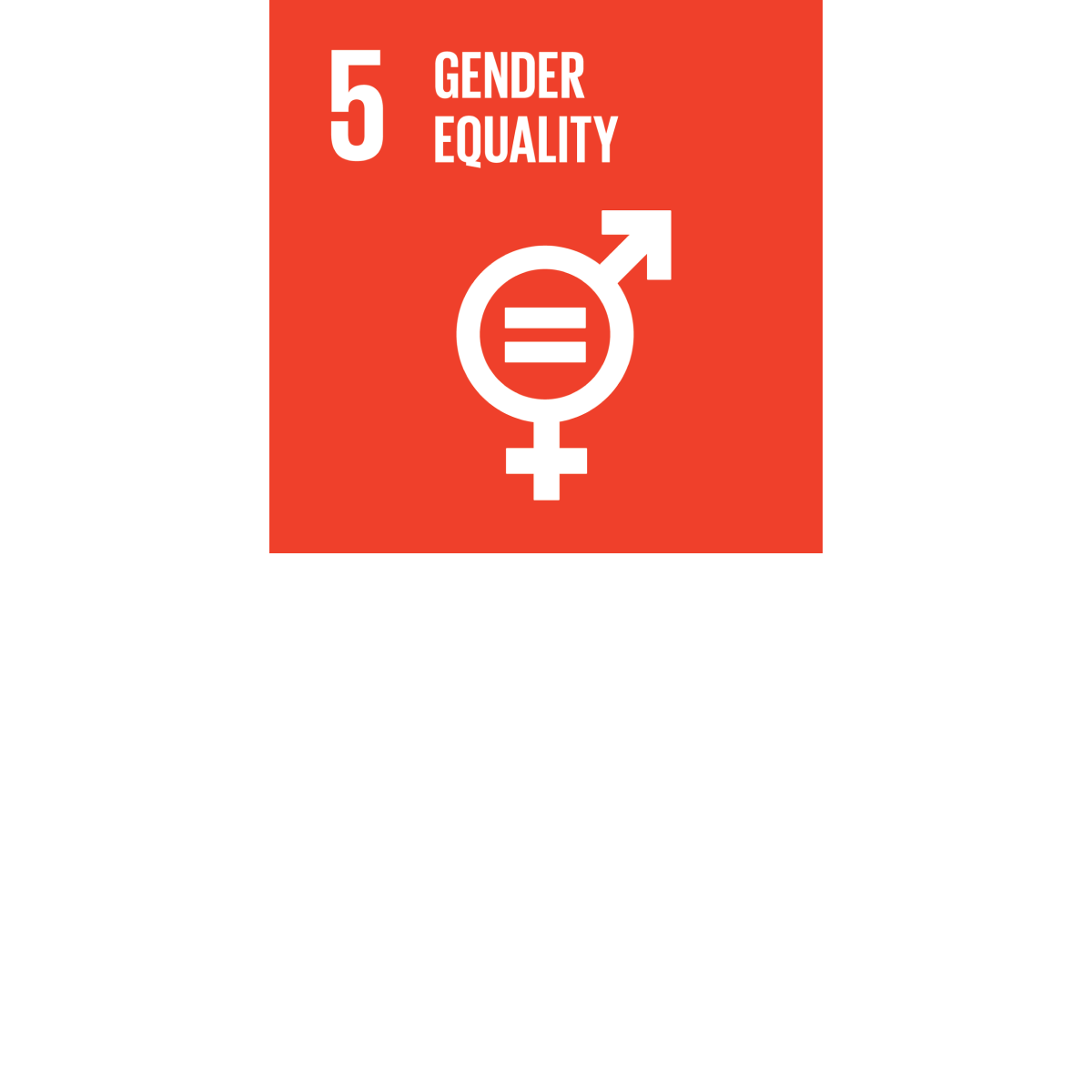







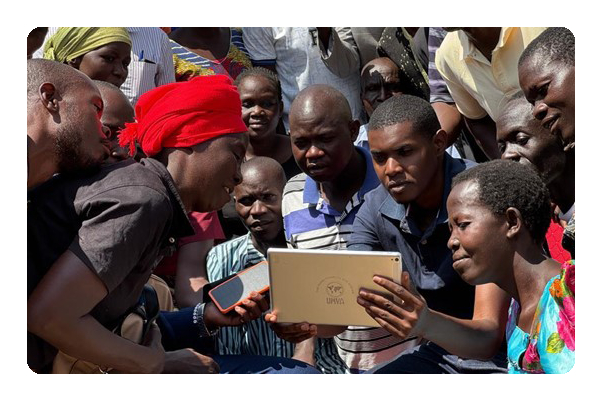

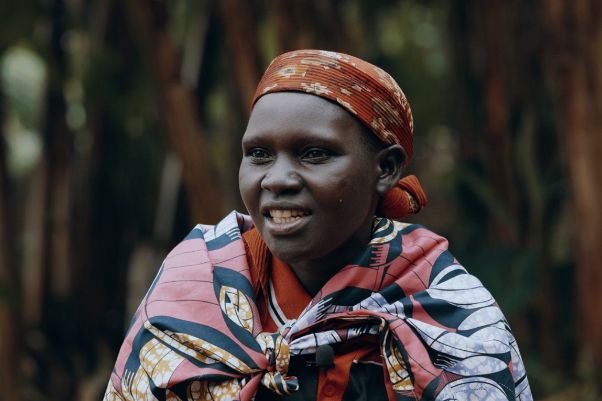
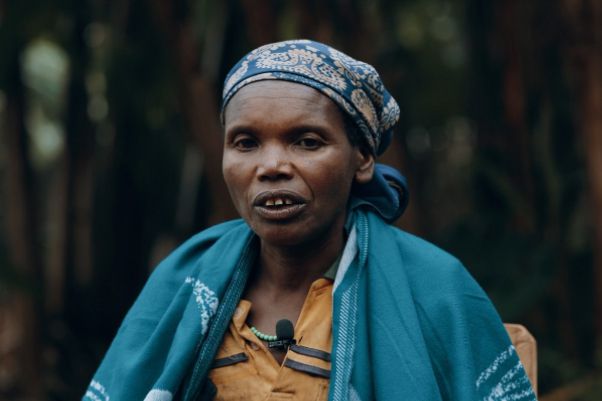
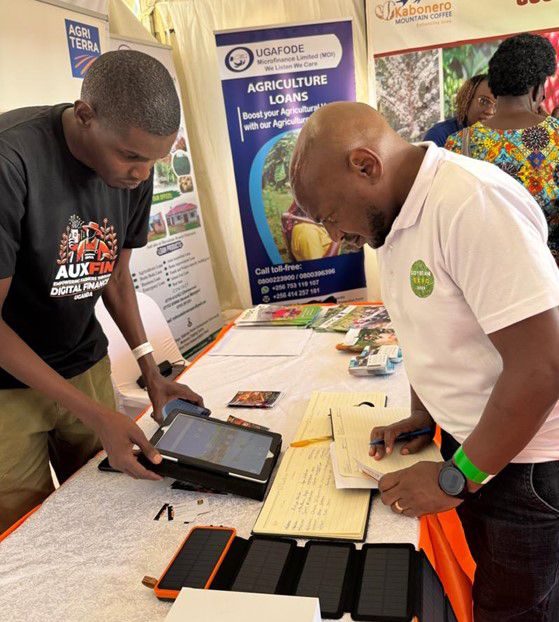


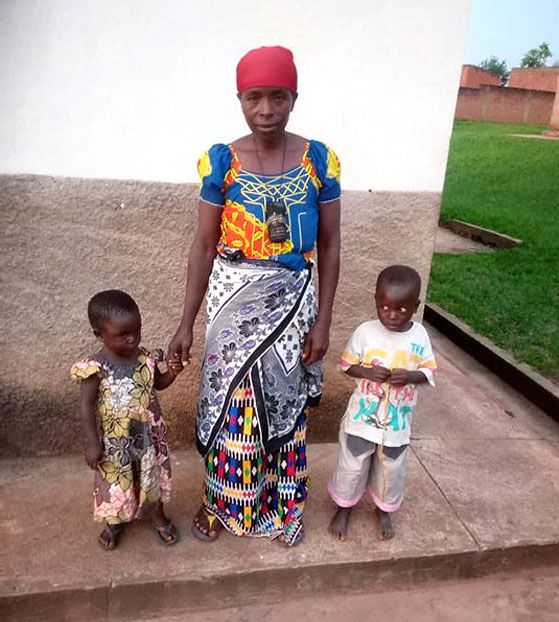
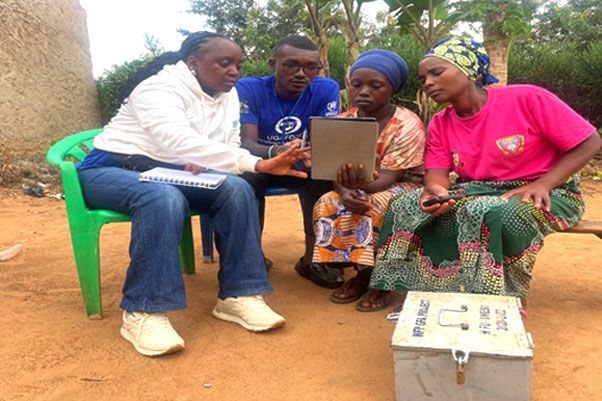
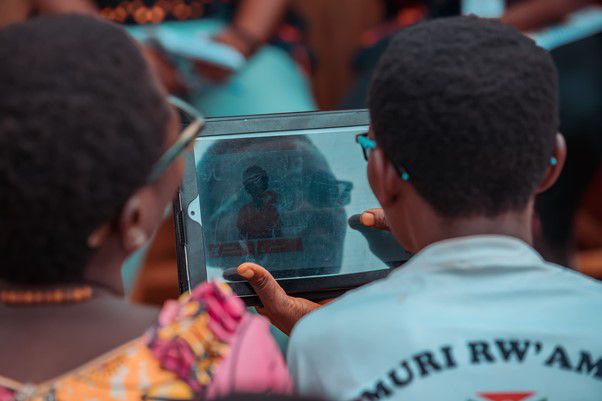
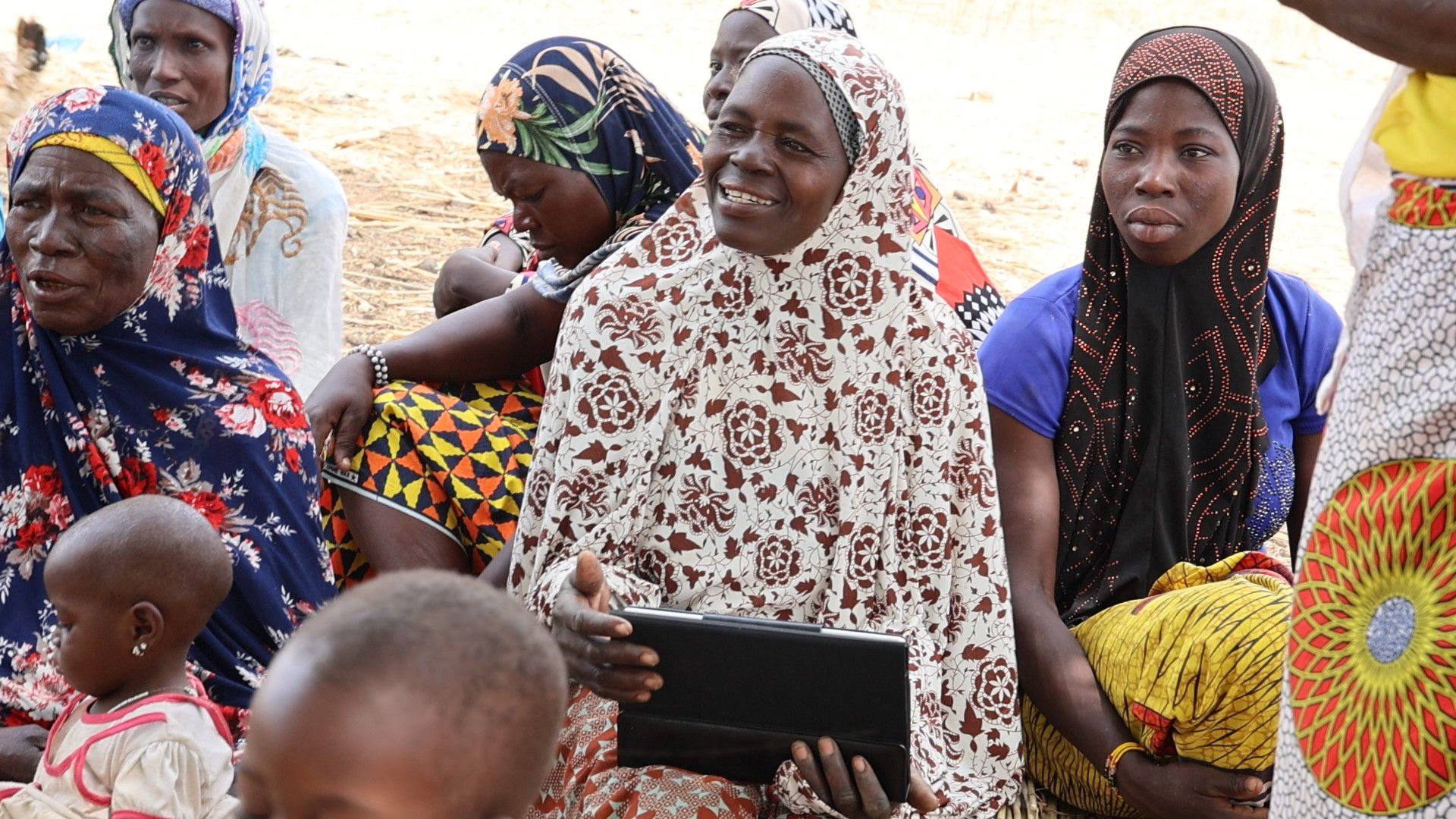
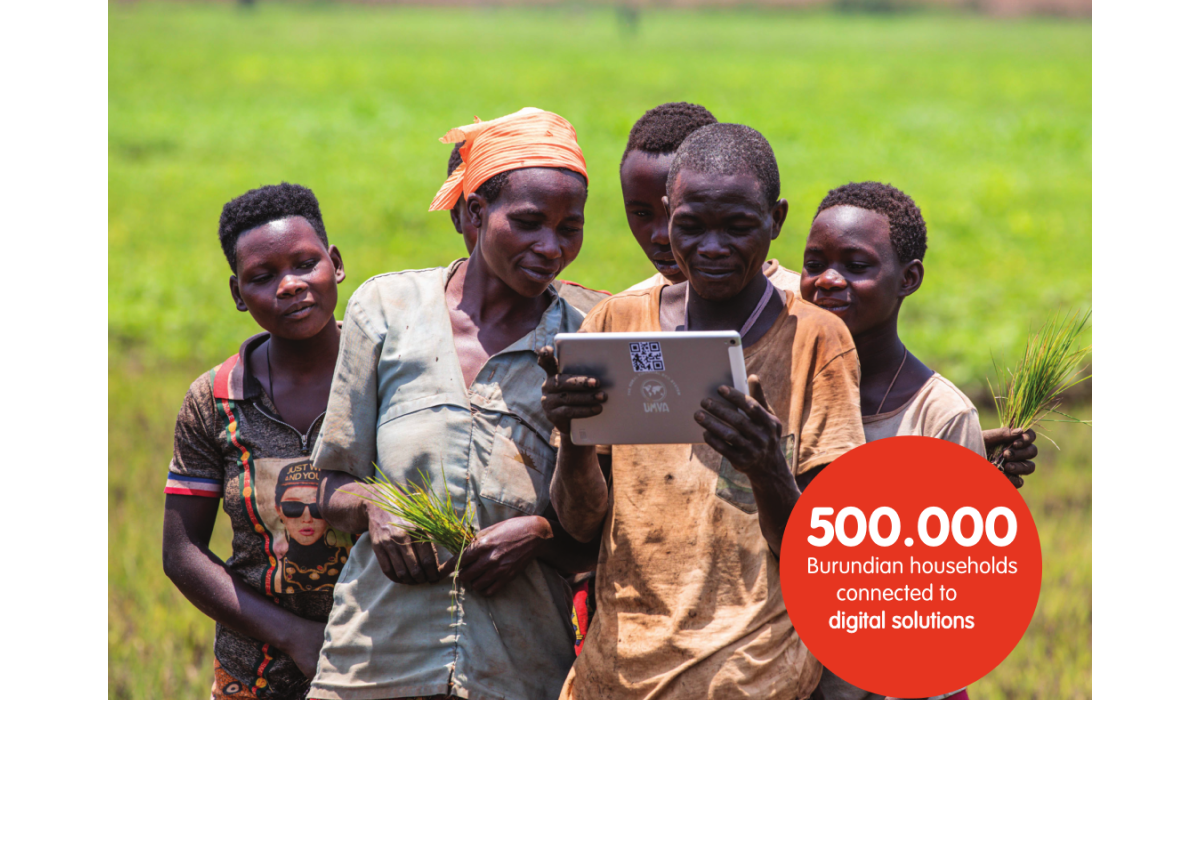

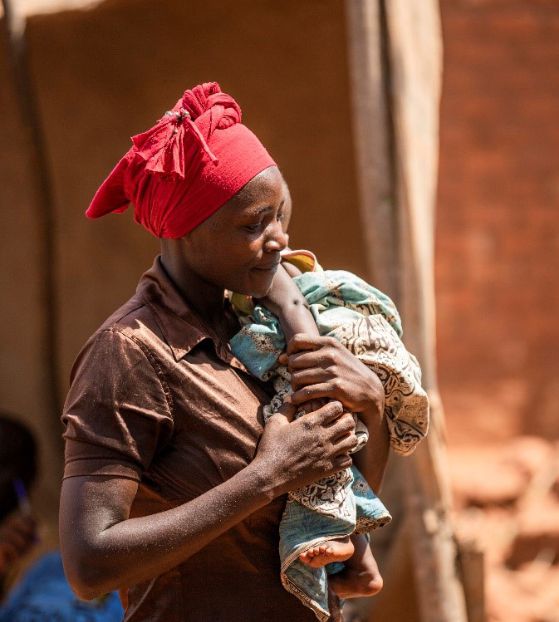



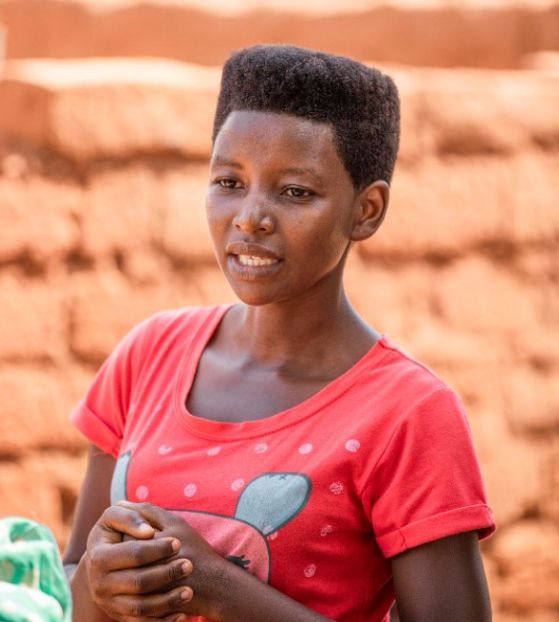
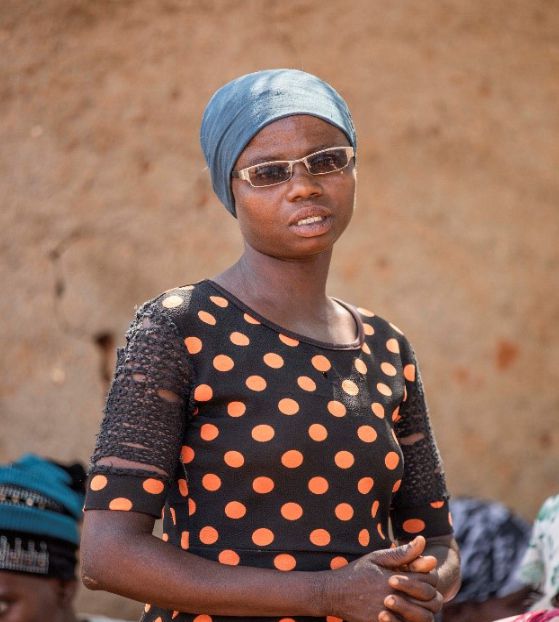
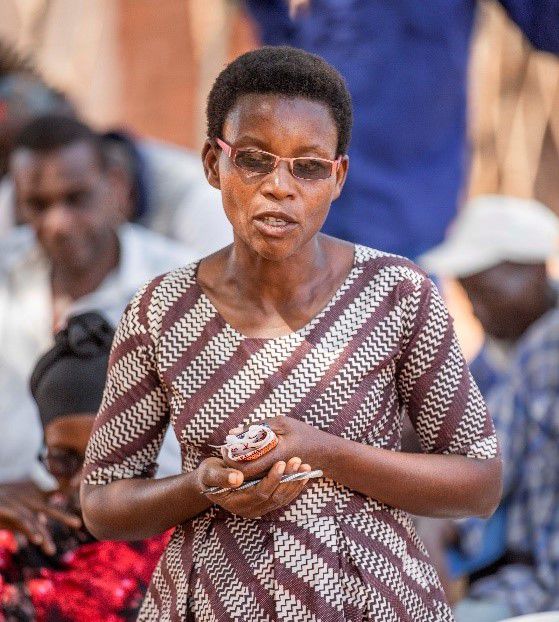
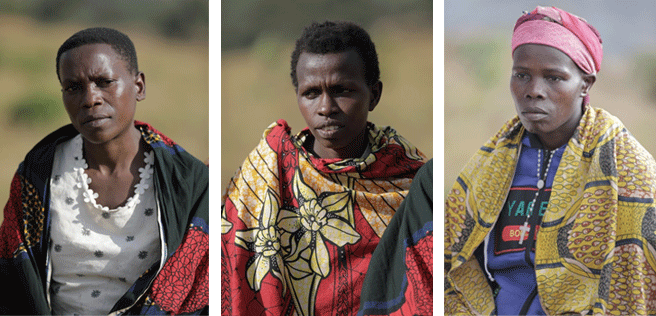

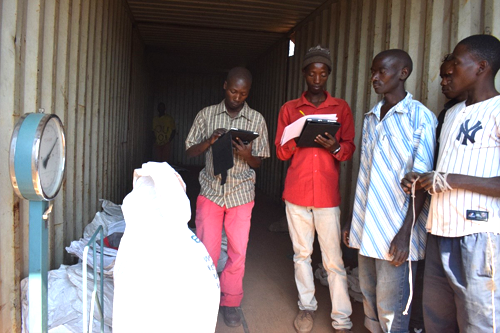

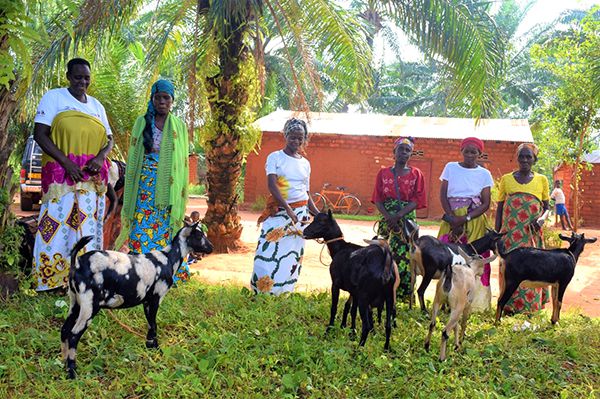
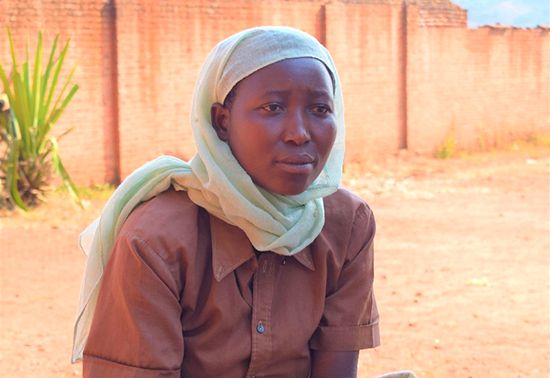

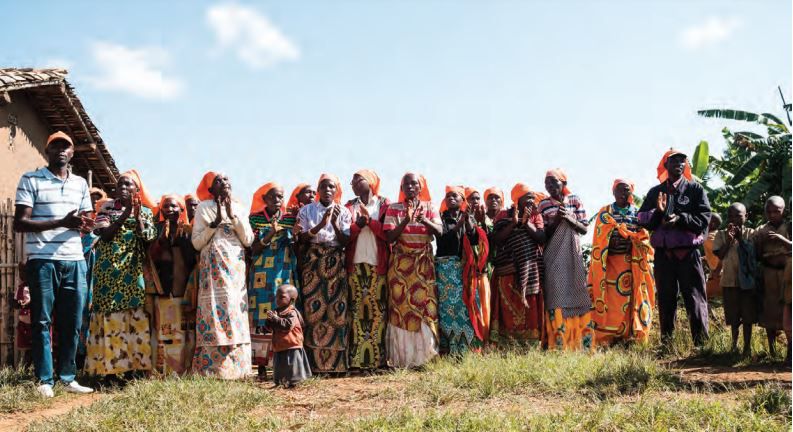

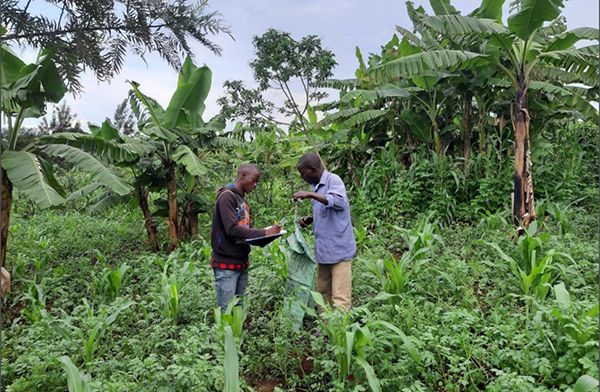



 Head Office: Tiel
Head Office: Tiel Email: info@auxfin.com
Email: info@auxfin.com Phone: +3134799672
Phone: +3134799672



